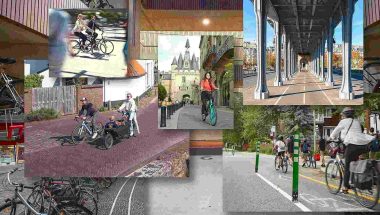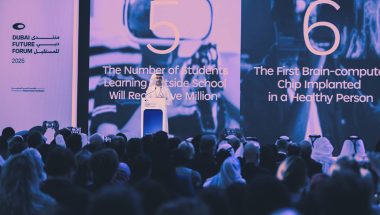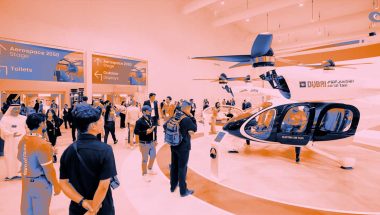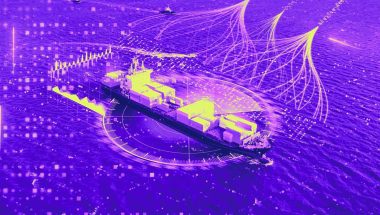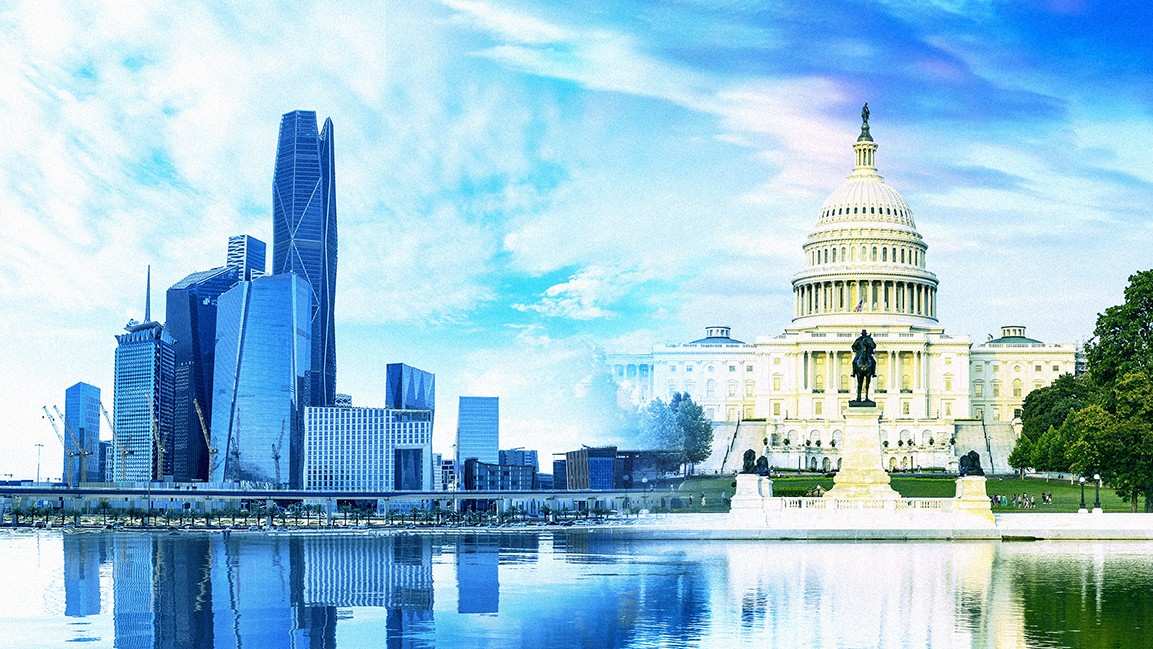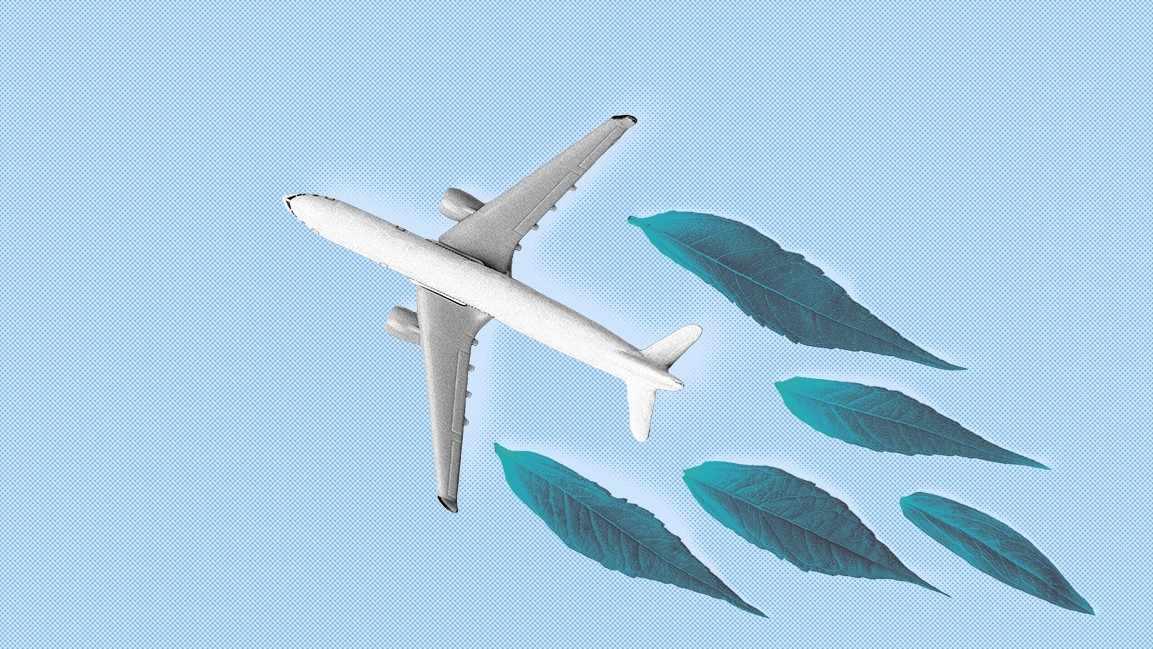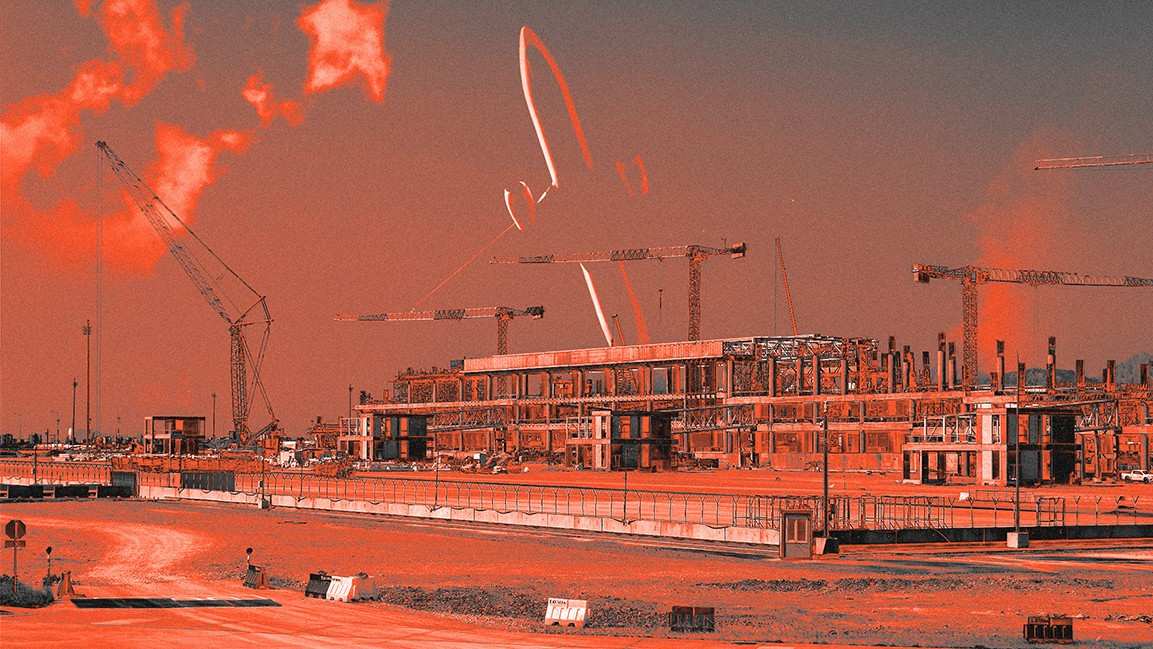- | 9:00 am
Dubai Airports is making the future of travel seamless, smarter, and human-centric
Dubai International Airport is redefining inclusive travel with AI, design thinking, and empathy
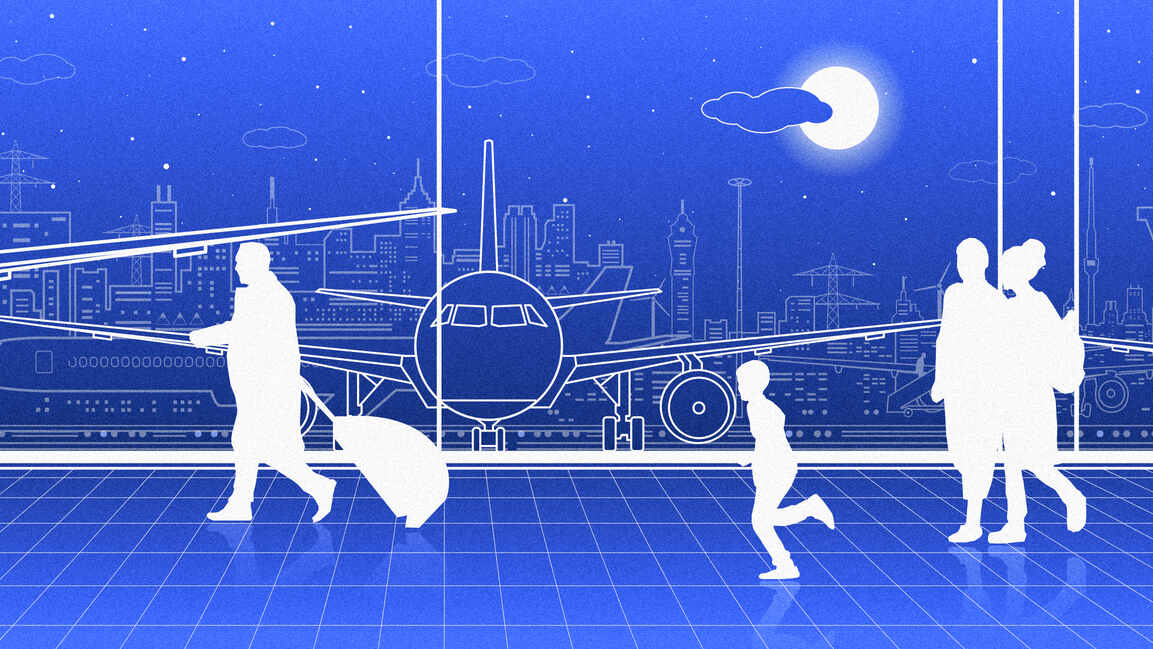
As the world’s busiest international hub, Dubai International Airport (DXB) has long mastered the art of scale. Now, it’s turning its attention to something more ambitious: setting a new standard for inclusive, tech-enabled, human-centered travel.
“Inclusivity is not a box to tick. It’s a core responsibility,” says Paul Griffiths, CEO of Dubai Airports. And in Dubai, that responsibility now includes AI, robotics, and systemic design thinking.
In the airport of the future, inclusive travel will go beyond just retrofitted ramps and basic accessibility measures. DXB is leading the way in creating an airport experience designed specifically for all travelers, including people of determination (POD). This approach considers neurodivergent individuals and those with both visible and hidden disabilities, ensuring that every aspect of the airport caters to their needs.
ACCESSIBILITY AS INFRASTRUCTURE, NOT ADD-ON
Its vision is clear: a seamless experience that empowers travelers with diverse needs without isolating or “othering” them. That starts with sensory-friendly environments. Dubai Airports introduced digital sensory guides measuring lighting, smells, sound levels, and more.
“It provides greater clarity and awareness of the airport environment, allowing customers, especially those with sensory sensitivities, to plan their journey better,” explains Mouza Saeed Rumaihi, Special Handling Manager at dnata. “It helps travelers make better route decisions, ultimately reducing stress and enhancing comfort throughout their airport experience.”
To make these sensory guides even more effective, Rumaihi suggests that details could be shown using simple and clear pictograms that are easy to understand. “Adding these icons to signs or apps can make the journey even easier to navigate for all customers.”
Raakin Iqbal, CEO and co-founder of Nucleus Research Systems, adds, “Wayfinding should feel like a conversation, not a puzzle. When travelers instinctively understand their surroundings, anxiety decreases, and autonomy grows.”
At the same time, tools like the DXB Travel Planner and Assisted Travel Lounge break down the airport experience into manageable steps.
“The DXB Travel Planner can help by providing a step-by-step overview of the airport process, allowing the traveler and their caregiver to prepare in advance and reduce anxiety,” Rumaihi explains. “The Assisted Travel Lounge offers a calm and controlled environment where the traveler can wait comfortably before their flight.”
SECURITY AND SEAMLESS SUPPORT
Dubai Police have tailored security to meet diverse needs: metal detector gates accommodate wheelchairs, 400 staff members are trained to assist guests with disabilities, and inspection rooms are reserved for guests with prosthetics. Medical documentation expedites this process.
Dedicated security lanes for people of determination (POD) at DXB and Al Maktoum International Airport (DWC) streamline arrivals and departures. These lanes, marked by sunflower symbols—on floors, counters, and employee badges ensure a quick and dignified passage through check-in, passport control, and security.
Rumaihi notes that “quiet zones and interdepartmental coordination maintain operational efficiency while delivering personalized support,” emphasizing a system-wide commitment towards accessibility and assistance throughout the travel experience.
INNOVATING WITH EMPATHY
While airports globally struggle to retrofit accessibility, Emirates is experimenting to co-create a future with the people it’s built for to serve.
“We prioritize collaborations rooted in personal experience,” says Keenan Hamza, Vice President of Engineering and Emerging Technologies at Emirates. “Unless you’ve navigated the airport as a person of determination, you can’t truly design for that experience.”
Iqbal highlights the power of such collaboration: “When lived experience informs innovation, technology becomes a bridge, not a barrier. The voices of people with disabilities must be at the table from day one.”
That philosophy drives the Emirates Innovation Lab, a testing ground for cutting-edge ideas with empathy at the center. At the lab’s Accessibility Wall, every prototype, from robotic assistants to AI interfaces, is connected to someone’s lived story.
“Technology can level the playing field. Right now, it’s not level—and there’s no reason why it shouldn’t be,” Hamza says. “The requirements of people with accessibility needs aren’t exceptional. They should be normalized, just like we have men’s and women’s restrooms.”
Among the lab’s pilots are cybernetic avatars developed by Japan’s Science and Technology Council. These robots allow users to complete tasks remotely, such as shopping or navigating a terminal, while interacting with the real world via a digital interface.
“Your face appears on the avatar. You can engage with your surroundings in real time,” Hamza explains. The initiative reflects a broader rethink of accessibility, not just for passengers, but also for service users across Emirates’ cargo and logistics ecosystem.
Iqbal says this tech flips the idea of disability on its head. “It’s no longer about limitation but expanding presence and participation, regardless of physical constraints.”
BUILDING AI THAT UNDERSTANDS HUMANS
But the future of inclusive travel isn’t just about tech that responds—it’s about tech that understands.
“In most large language models, context degrades rapidly,” says Iqbal. “It’s like talking to a goldfish—brilliant, but forgetful.” That’s a critical flaw when designing for complex, nuanced interactions like those required in an airport.
Nucleus’s platform is built for persistent, cross-domain memory. “The airport is the perfect testbed,” Iqbal explains. “It’s a high-stakes environment of intersecting cultures, languages, and emotional states.”
In one recent demonstration, a passenger inquired about food options near their mother, who had limited mobility. While traditional AI chatbots suggested scattered terminals, Nucleus’s system returned options near accessible gates plus nearby restrooms, anticipating unspoken needs.
The technology adapts fluidly across physical, intellectual, and cultural barriers. A separate case showed the AI model asking a parent the ages of their children before suggesting milk for a toddler, blending emotional intelligence with commercial value. “It’s new-age advertising that feels natural, not intrusive,” says Iqbal.
Still, he cautions against premature scale: “We want AI to reach at least a nurse-level understanding before wide deployment, especially in sensitive domains like psychology. Dubai’s leadership understands that. They want quality, not just speed.”
HUMAN FACTORS REMAIN A CHALLENGE
But technology alone won’t solve accessibility. Adoption hinges on trust and training, especially for physical devices. Design thinking can address emotional and spatial complexities inherent in assistive robotics.
The upcoming Al Maktoum International Airport represents the most ambitious accessibility vision yet. Hamza says the experience will be “personalized and seamless for users with mobility challenges, sensory sensitivities, and neurodivergence.”
“Accessibility is a human need, not an exception,” Hamza insists. Regular collaboration between airport stakeholders—customs, police, ground services, and Emirates operations—ensures a consistent, sensory-friendly journey from curb to gate.
Rumaihi emphasizes ongoing alignment: “Focus groups and feedback loops sustain and enhance our Inclusive Travel offering.”
At its core, this transformation is about system-level change. Hamza says,“The goal is to normalize accessibility so that no one has to ask for it.”
Dubai Airports and its partners are setting a new global standard by merging empathy, data, and deep-tech innovation. It’s not just smarter travel. It’s more human travel.





















